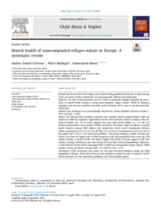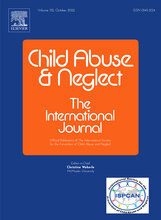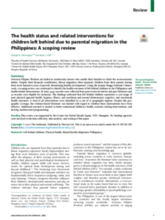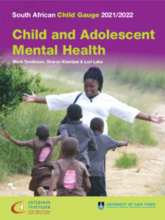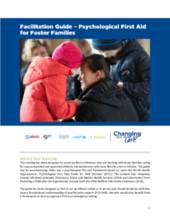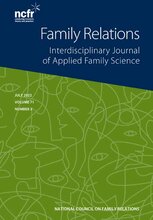Displaying 51 - 60 of 809
This global study reviewed the literature on family-based mental health interventions for refugees across migration contexts and settings to identify types of interventions and intervention components, implementation approaches and to assess effectiveness. The review used a systematic approach, and ten intervention studies were retained for analysis.
The aim of this systematic review is both to summarize findings regarding the prevalence of mental health disorders among unaccompanied refugee minors (URM) in European countries since the last available systematic review (October 2017), and to describe associated risk factors.
The aim of this systematic review is both to summarize findings regarding the prevalence of mental health disorders among unaccompanied refugee minors (URM) in European countries since the last available systematic review (October 2017), and to describe associated risk factors.
Overseas Filipino Workers are hailed as modern-day heroes who enable their families to climb the socioeconomic ladder. Despite their financial contribution, labour migration often separates children from their parents during their most formative years of growth, threatening healthy development. Using the Joanna Briggs Institute’s frame-work, this scoping review was conducted to identify the health outcomes of left behind children in the Philippines and health-related interventions.
The objective of this article is to identify those situations where the families of fostered unaccompanied migrant children are made visible in order to favor the incorporation of these families into the pathway planning. The fieldwork was carried out in Spain and involved working groups with specialized professionals.
This report presents key steps that the international community has taken to protect children in situations of armed conflict, with a specific focus on the Security Council-mandated Monitoring and Reporting Mechanism (MRM) to document grave violations against children and to foster accountability by identifying perpetrators.
This sixteenth issue of the South African Child Gauge focuses attention on child and adolescent mental health and how early experiences of adversity ripple out across the life course and generations at great cost to individuals and society. It calls on South African society to put children at the centre of all policies in order to protect children from harm, build their capacity to cope with stress and adversity, and provide them with opportunities to thrive.
This training has been designed for social workers in Moldova who are working with foster families caring for unaccompanied and separated children and adolescents who have fled the crisis in Ukraine.
With the rapid economic development in China, large numbers of migrants are moving to metropolitan areas in search of better jobs. They are faced with the dilemma of whether to leave their children behind in the countryside due to various socioeconomic factors. The aim of the study was to analyze the impact of different migration arrangements on child welfare.
In China, the figure for left-behind children (LBC) of migrants stood at 68. 77 million in 2015. Despite being seen as a whole in the last few decades, LBC today differ broadly in parental migrating status. This study focused on LBC with both parents migrating (BLBC), LBC with only mothers migrating (MLBC), LBC with only fathers migrating (FLBC), and previous LBC with one or both parents migrating (PLBC), separately. The authors explored the extent to which LBC were being affected by each migrant parent on both mental health and risk behaviors.


